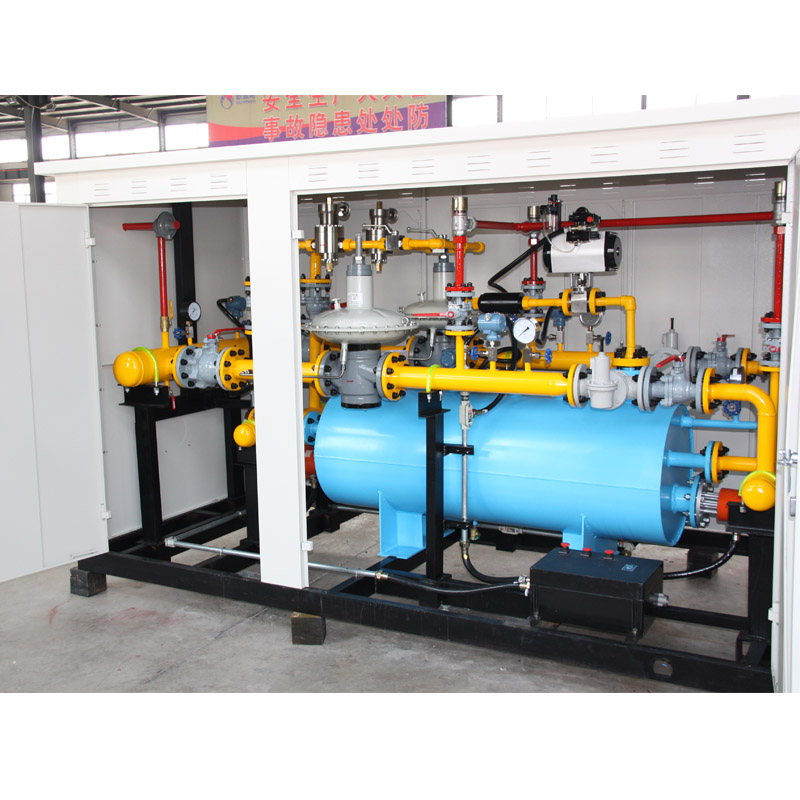
Nov . 11, 2024 23:25
Back to list
relief valve
Understanding Relief Valves Essential Components for Safety and Efficiency
Relief valves are crucial safety devices used in various industrial applications to protect equipment and systems from over-pressurization. These components are designed to automatically release excess pressure when it reaches a predetermined level, ensuring that systems operate within safe limits. This article delves into the functions, types, and applications of relief valves, emphasizing their importance in maintaining safety and efficiency in various operations.
Function of Relief Valves
The primary function of a relief valve is to prevent the buildup of excessive pressure in a system that could lead to catastrophic failures or explosions. In situations where fluids or gases are heated, the pressure can increase rapidly. Relief valves act as fail-safes, venting excess pressure either through a discharge pipe or directly to the atmosphere. By doing so, they help maintain system integrity and protect personnel and equipment from potential harm.
Relief valves are typically calibrated to open at a specific pressure, which is set during installation. Once the pressure drops back to a safe level, the valve closes automatically, allowing the system to return to normal operation. This automatic operation is critical in maintaining continuous processes in industries such as oil and gas, water treatment, and chemical manufacturing.
Types of Relief Valves
There are several types of relief valves, each designed for specific applications and pressure conditions
1. Spring-loaded Relief Valves These valves use a spring mechanism to hold the valve closed under normal conditions. When the pressure exceeds a specified limit, the spring compresses and opens the valve, releasing excess pressure. They are widely used due to their simplicity and reliability.
2. Pilot-operated Relief Valves These valves utilize a pilot mechanism to control the main valve's operation. The pilot valve opens at a predetermined pressure and allows the fluid to act on the main valve, providing high performance and precision. They are particularly useful for handling larger flow rates and are commonly found in high-pressure applications.
3. Balanced Relief Valves Designed to minimize the impact of back pressure on the valve operation, balanced relief valves offer enhanced performance in systems where back pressure might otherwise influence the release process. This feature makes them suitable for a wide range of applications.
relief valve

4. Safety Valves Often used in steam applications, safety valves are similar to relief valves but are designed to open fully and release pressure quickly to prevent dangerous overpressure situations. They are essential in ensuring the safe operation of boilers and similar equipment.
Applications of Relief Valves
Relief valves are used across various industries, reflecting their versatility and necessity
- Oil and Gas In drilling rigs and processing facilities, relief valves protect storage tanks and pipelines from overpressure caused by gas expansions or sudden temperature increases.
- Chemical Manufacturing In chemical reactors, relief valves ensure safe operation by relieving pressure build-up due to exothermic reactions or equipment malfunction.
- Water Treatment In water systems, these valves can prevent over-pressurization caused by pumps or other system failures, safeguarding pipelines and treatment facilities.
- HVAC Systems In heating, ventilation, and air conditioning systems, relief valves help prevent pressure build-up in refrigerant lines, ensuring optimal performance and safety.
Conclusion
Relief valves play a vital role in ensuring safety and efficiency across various industries. By preventing over-pressurization, these devices safeguard equipment, protect personnel, and contribute to the smooth operation of processes. Understanding the types and applications of relief valves is essential for anyone involved in system design, maintenance, or operation. As technology continues to advance, the importance of reliable and efficient relief valves in industrial applications will only grow, underscoring their significance in modern engineering and safety standards.
Next:
Latest news
-
Safety Valve Spring-Loaded Design Overpressure ProtectionNewsJul.25,2025
-
Precision Voltage Regulator AC5 Accuracy Grade PerformanceNewsJul.25,2025
-
Natural Gas Pressure Regulating Skid Industrial Pipeline ApplicationsNewsJul.25,2025
-
Natural Gas Filter Stainless Steel Mesh Element DesignNewsJul.25,2025
-
Gas Pressure Regulator Valve Direct-Acting Spring-Loaded DesignNewsJul.25,2025
-
Decompression Equipment Multi-Stage Heat Exchange System DesignNewsJul.25,2025

